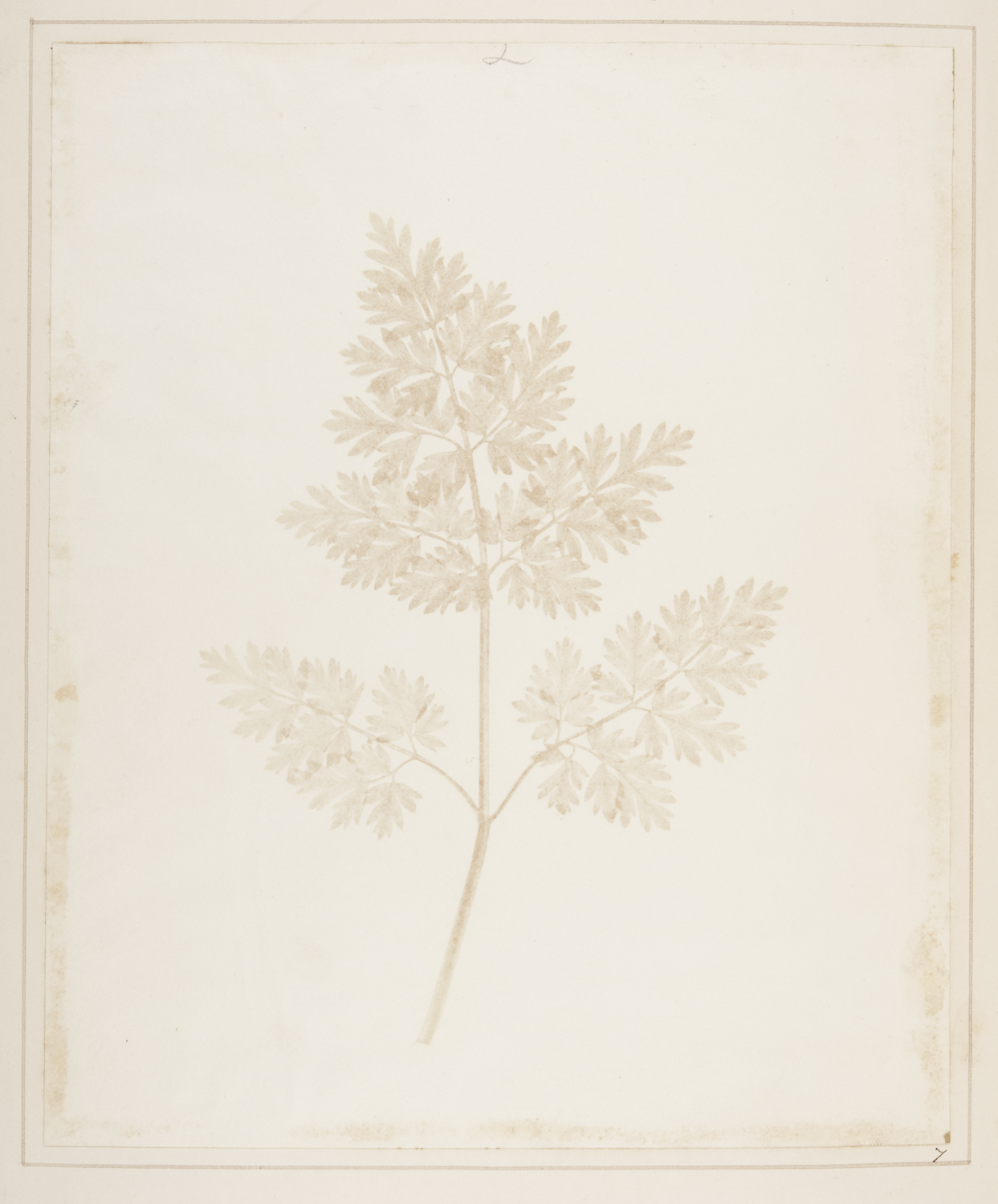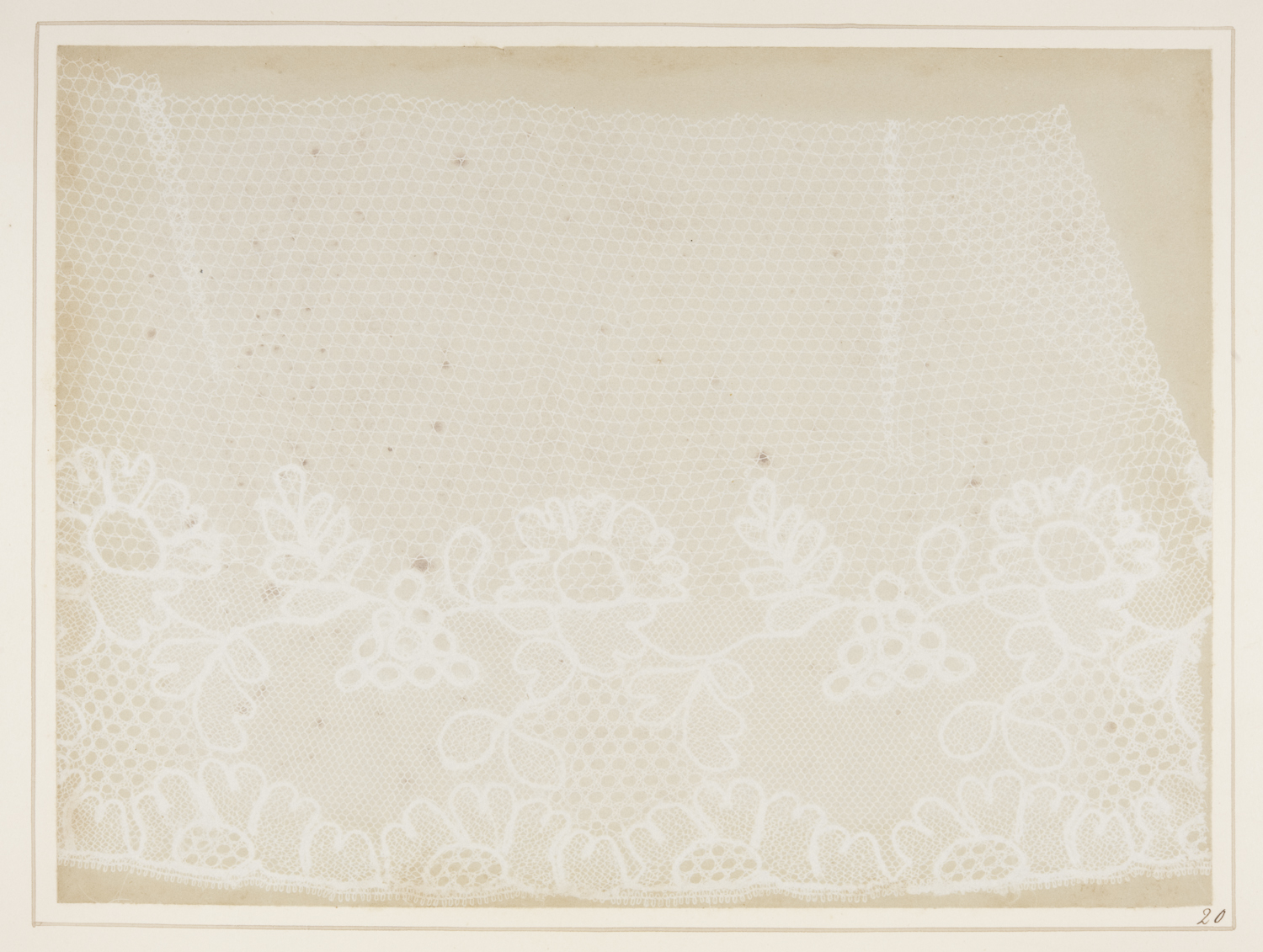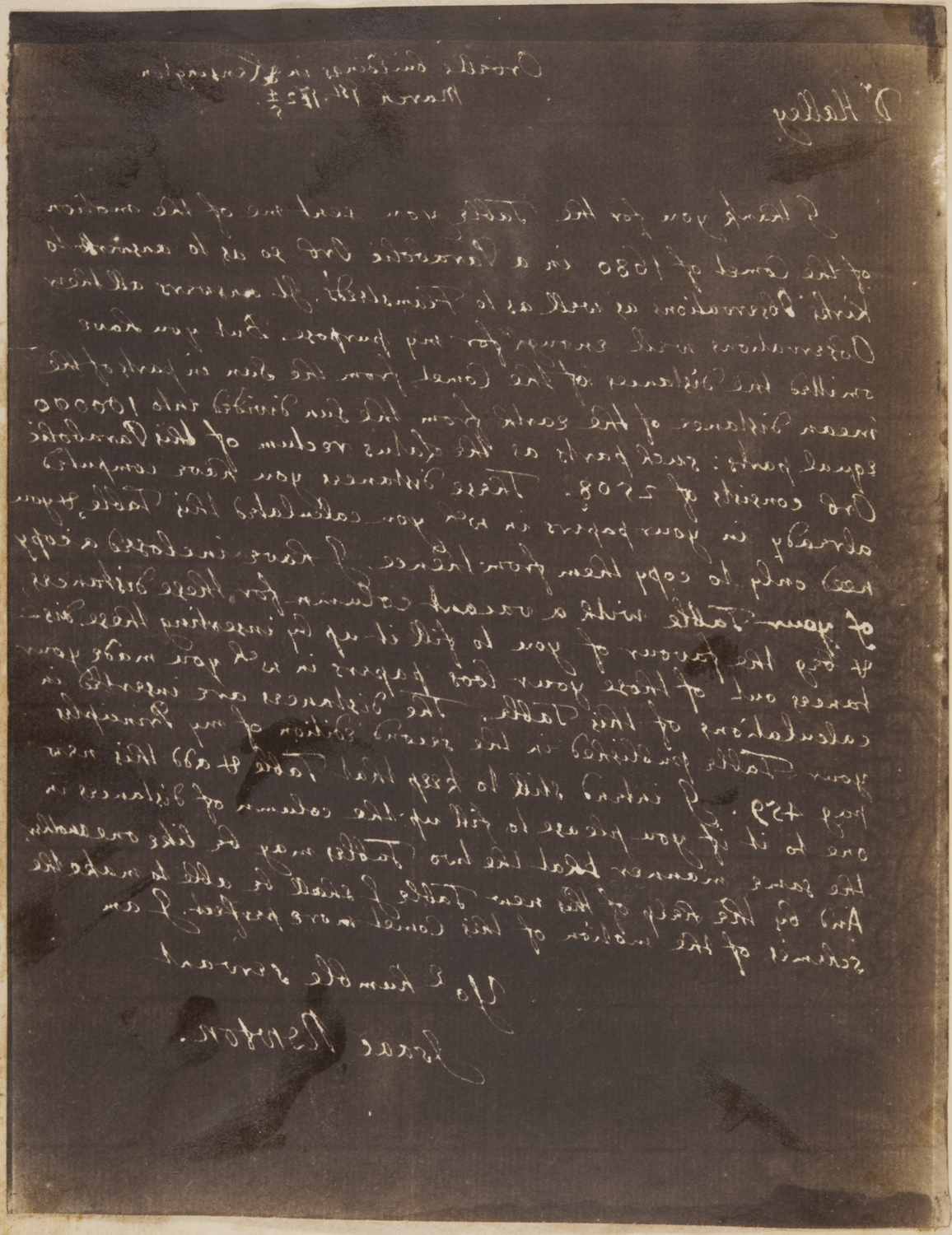52 Weeks of Inspiring Illustrations, Week 5: Cameraless, Lensless and Shutterless Photography: The Photogenic Drawing
The photogenic drawing was the first of Fox Talbot’s photographic processes which he would present to the world on the 25th of January, 1839. This process was not what practitioners today would identify as photography since it did not involve the use of a camera, lens, or shutter. Put simply, it was the act of placing an opaque or semi opaque object on a piece of paper that had been made sensitive to light by the application of chemicals. With the object to be visually reproduced placed on the light sensitive paper, it was then exposed to light and “printed out“, a process by which image forming particles of silver are photo-chemically formed by the action of light, making the images slowly appear over the course of minutes or hours. Eighty years later applications of the technique of laying objects on photographic paper would go by the name of photogram or rayograph and remains one of the quintessential processes of the avant-garde photographic movements from the “between the wars” period.

There aren’t a very large number of early examples of the photogenic drawing process left in existence due to their instability, but there are slightly later attempts, those that benefited from the application of “fix”, which were rescued from the fate of slowly disappearing into darkness.

What is most significant with regards to this process’ role in the history of photography is its application as a negative/positive process. Following the creation of the negative, this matrix could subsequently be used to make multiple positive prints for dissemination. By employing a second time around the very same process of laying an object (in this case the negative) down on top of and in contact with a light sensitive sheet of paper, a positive representation of the original object was produced. Compared to the Daguerreotype created by Talbot’s counterpart in France, in the early days following their invention, Daguerre’s process was far more beautiful, aesthetically pleasing and visually accurate. Its qualities were more akin to that of a jewel or unique memento. In fact, it was a process which only created unique objects which could not be reproduced without taking a second photograph. In contrast, the photogenic drawing was unrefined and far behind in all respects but one; the quintessential quality associated with photography’s raison d’etre, reproducibility.

–Marc Boulay
Photographic Archivist
[...] Firstly, the negative was not printed out using the action of the sun (as was the case for the photogenic drawing) but rather “developed” out using a chemical developer. This change was a symptom of a profound [...]
[...] scientist William Henry Fox Talbot. Publicly announced in 1839 as a means of duplicating the photogenic drawing, it wasn’t until the advent of the calotype negative in 1841 that this process became more [...]
[…] 28 – Fox-Talbot’s photogenic negative of manuscript of stanza of Byron’s Ode to Napoleon [from Bancroft Library, UC Berkeley] [SEE […]